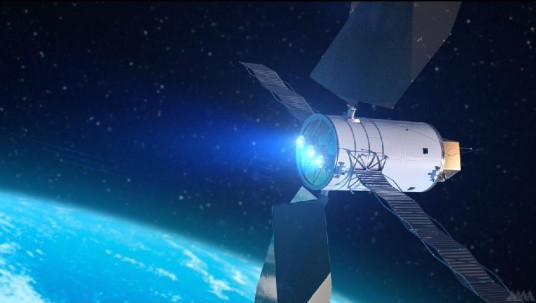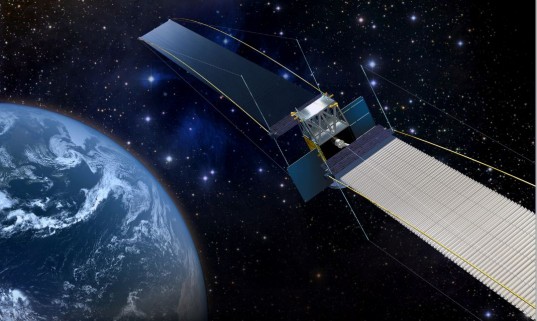NASA develops solar satellites
Last week, NASA unveiled a $17.7 billion budget for its 2014 operations, which includes a bold proposal to send American astronauts to an asteroid by 2025. The plan involves identifying an uncharted asteroid and preparing for a manned mission to explore it. To achieve this goal, NASA is currently developing a Solar Electric Propulsion (SEP) system, a cutting-edge satellite technology that will play a crucial role in deep space exploration.

Solar electric propulsion is seen as a game-changer for future space travel, offering a more efficient and sustainable way to move spacecraft through the vastness of space. This technology will allow NASA to extend its reach beyond Earth, enabling more ambitious missions. By using rockets to place payloads into near-Earth orbit, the solar power system can supply spacecraft with greater energy, supporting longer and more complex missions. This innovation builds on previous technologies used in the Space Launch System and the Orion spacecraft, both key elements in NASA's long-term vision to send humans to Mars by 2030.

A spokesperson highlighted that the development of this advanced propulsion system and the creation of new satellites showcase the technological leadership of the U.S. aerospace industry. It also represents a major step forward in the deployment of 300-kilowatt solar-powered transportation systems, which are expected to revolutionize how we explore our solar system. With these advancements, NASA is not only pushing the boundaries of science but also laying the groundwork for a future where interplanetary travel becomes a reality.
Fan Accessories,Crown Fan Power Plug Cord,Stainless Steel Fan Guard,Fan Accessories Wires
Crown Electronics CO., LTD , https://www.crownhaero.com